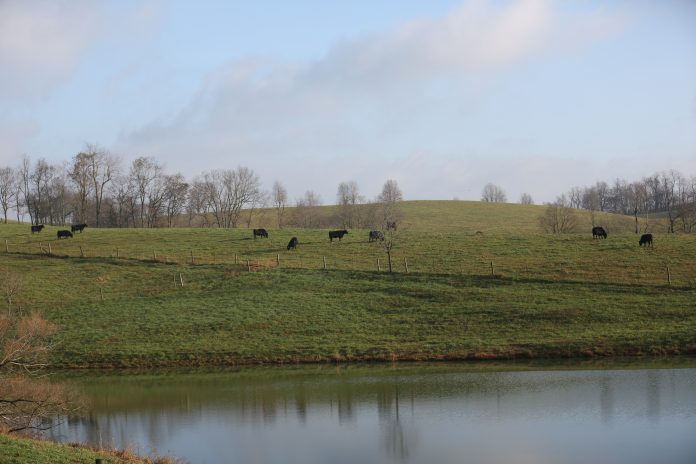WOOSTER, Ohio — Talk about a national beef traceability system in the U.S. might seem like a broken record. It’s been discussed before, but no efficient structure yet encompasses the entire supply chain.
Advances in technology and evolved consumer buying trends might breathe new life into the idea.
As more beef sells under branded programs, consumers expect a promise with each purchase, from cooking performance to flavor and guarantees about how the meat was produced. Brands may be forced to verify additional marketing claims to maintain consumer trust.
In the meat case
According to the National Meat Case Audit 2015, nearly all beef at retail sells under a brand name, jumping from 51 percent branded in 2010 to 97 percent in 2015.
With a sea of brands now vying for attention in the meat case, consumers buy their beef based on brand loyalty and label guarantees.
What would traceability do?
Mark McCully, vice president of production for the Certified Angus Beef (CAB) brand, said a traceability system could have merit.
“Traceability itself is not a marketing claim,” he said. “However, I do believe it can be used in the future as a framework for identifying marketing claims that add value to beef products.”
The added information traceability could provide is the opportunity for branded beef, McCully said.
The 2017 Power of Meat study showed nearly 70 percent of meat consumers want more information about a company’s social, economic, animal welfare and environmental practices, and they are willing to pay for it.
“We continue to see consumers looking for more assurances about products. As a brand that operates in a premium category, we believe scrutiny of our brand is probably even more rigid,” McCully said.
“There’s an expectation, not just about how our product performs, but the social responsibility we have as a brand around the entire supply chain.”
Too many labels
While some labels make claims like sustainably raised, humanely raised or locally sourced, verification and even definitions of these terms depends entirely on the brand’s production chain. Vague assurances without distinct standards lose their value in the consumer’s mind.
A consistent traceability framework could help verify those claims, McCully said. Combine quality products with verified assurances and the pull-through demand could benefit the entire industry.
“I believe the economics will support traceability,” said McCully. “The key with traceability will be designing a system that fits today’s current pace of business.”
Global demand
It’s not just domestic consumers who are hungry for information. As one of the few developed countries that does not have a mandatory beef traceability system, the U.S. is at a disadvantage when it comes to global beef trade.
A new framework could open up American beef to markets around the world where it’s currently not available to countries that require traceability for market access.
In the works
Many beef brands have already begun using some traceability systems to add marketing value and CAB is no exception. The Path Proven program enables marketing CAB brand with additional production claims, and labels like Georgia Proud, GoTexan and Fresh From Florida are proving the source state.
However, traceability ends at the feedlot, not the ranch of origin. In this case, information value is only half captured, because a large portion of the beef journey is still unverified.
As one system varies from another, it also creates a lack of consistency across the meat case when consumers compare different brands.
Moves both ways
A new traceability method could open the flow of knowledge for beef producers, too, McCully said.
If information could move forward with the animals, it could flow back to provide a more robust picture of animal and meat quality.
“The progress we could make on the production side through genetic selection based on carcass quality feedback would be remarkable,” he said.
“Traceability could help provide accurate data backwards so that we could link genomics to performance traits beyond the ranch gate and help improve our overall beef product.”
As the conversation continues, the question remains: How?
It’s an inquiry left unanswered for today, but McCully sees a future system as a real possibility because of rapid developments in technology.
“Maybe it’s block chain or other technology, but I think we have the capability today to make it work,” he said.
“What I do know is that it needs to be mobile and inexpensively fit into today’s speed of business.”










